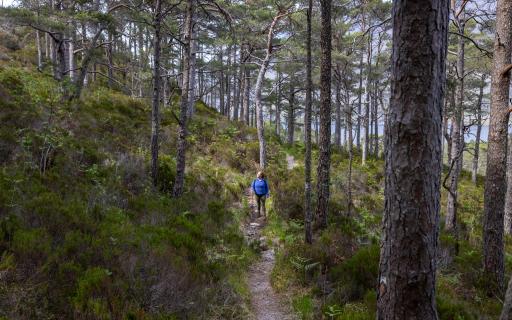
Ardnamurchan
Home to the most westerly point on the British mainland, the Ardnamurchan Peninsula is an unspoilt boundary between the Highlands and the Atlantic Ocean. With a name meaning ‘the headland of the great seas’, the geography, history and way of life in Ardnamurchan have all been shaped by the waters which surround it.
The renowned Sanna Bay is home to golden eagles, whales and dolphins, and sits in the centre of an ancient volcanic crater, the outline of which can still be seen in the landscape today. To the south of the peninsula lies Loch Sunart, the longest sea loch in the Highlands, while the Singing Sands or ‘Camas an Lighe’ at Gortenfern reward visitors to the peninsula’s wild northern shore.
Plan your visit
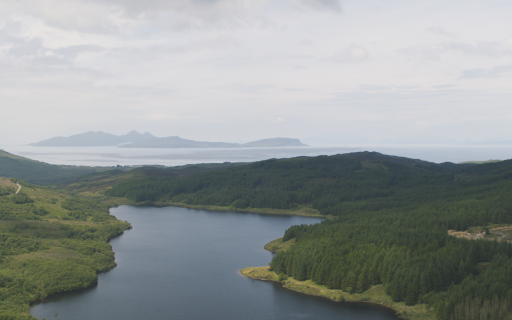
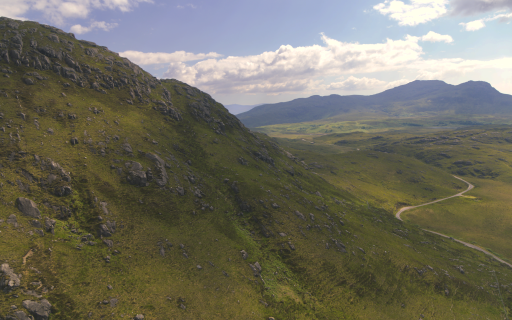
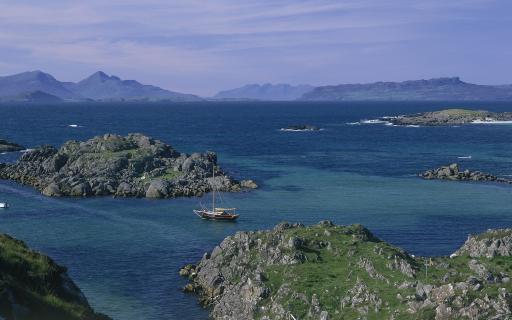
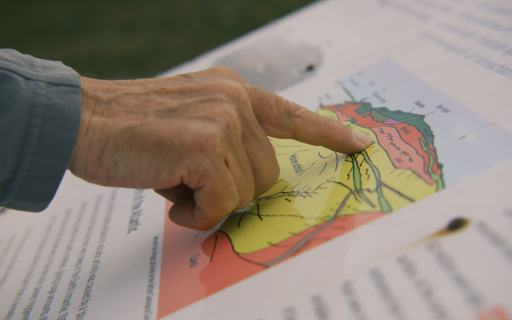


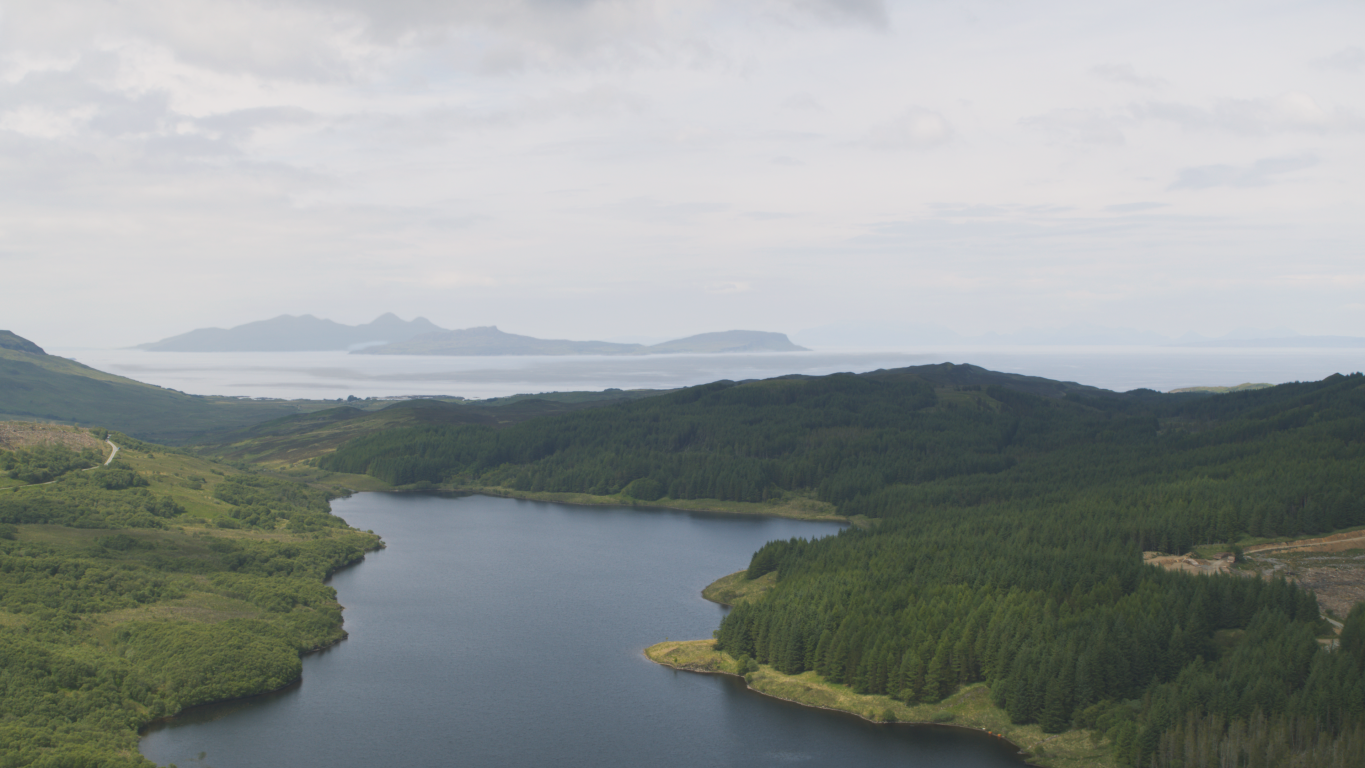
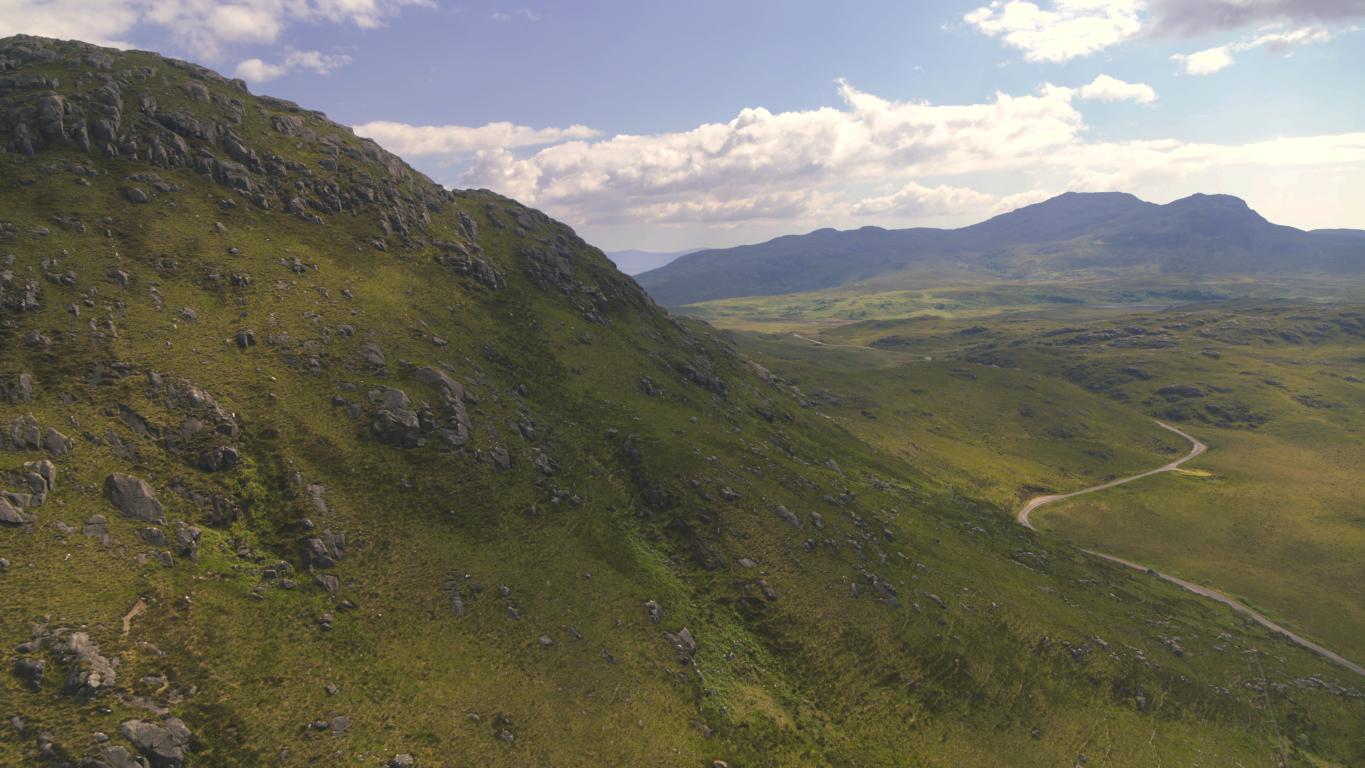


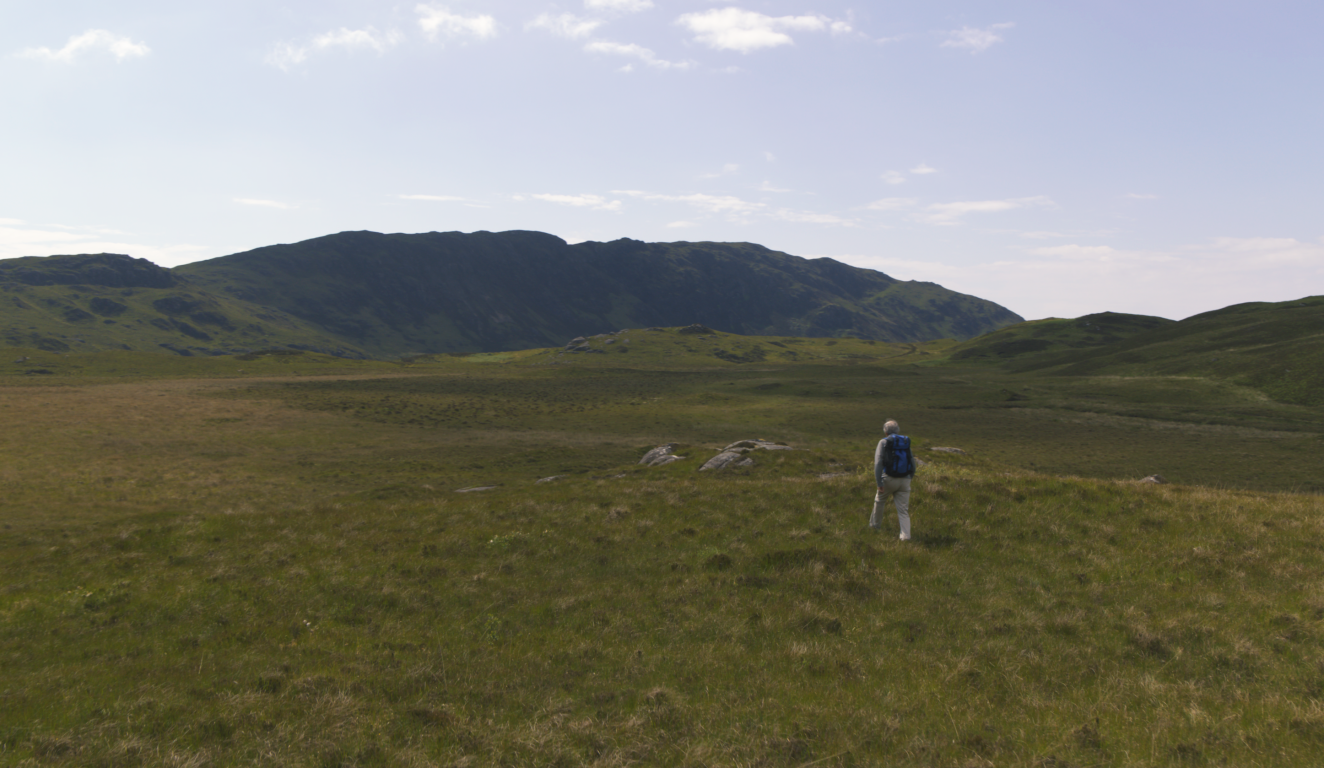

A Local View
Get Inspired
Plan Your Next Adventure with Spirit of the Highlands and Islands
With so much to explore in the Highlands and Islands it can be hard to know where to start. Learn about our new journey planning tool to help you get inspired by local communities for your next visit!
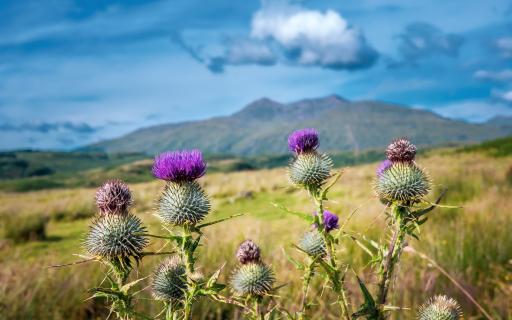
Challenge Yourself in the Highlands and Islands!
The sky truly is the limit in the Highlands and Islands.
